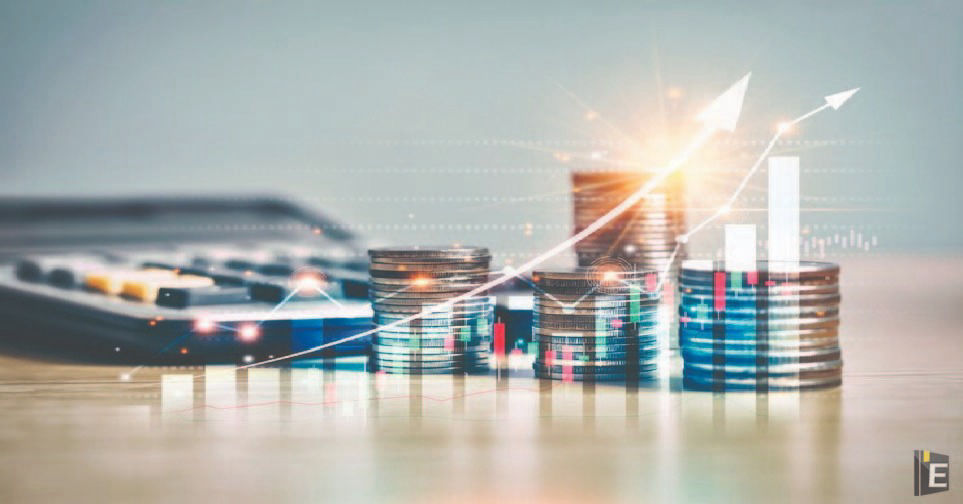Indian Economics GK Quiz for Competitive Exams

The rate at which RBI lends to commercial banks for the short term is called ________.
(A) repo rate
(B) reverse repo rate
(C) bank rate
(D) cash reserve rate
Correct Answer : A
Explanation :
The correct answer is Repo Rate. Key Points. Repo rate is the rate at which the central bank of a country (Reserve Bank of India in case of India) lends money to commercial banks in the event of any shortfall of funds. Repo rate is used by monetary authorities to control inflation.
Which of the following combinations of ‘RBI Tool – Monetary instrument’ is correct?
(A) Qualitative – Moral Suasion
(B) Quantitative – Marginal requirement
(C) Qualitative - Cash Reserve ratio
(D) Qualitative – Open Market Operations
Correct Answer : A
Explanation :
The correct answer is Qualitative – Moral Suasion. Monetary policy refers to the policy of the central bank with regard to the use of monetary instruments under its control to achieve the goals specified in the Act. The Reserve Bank of India (RBI) is vested with the responsibility of conducting monetary policy.
Gross primary deficit is the difference between ______.
(A) Revenue deficit and interest receipts
(B) Gross fiscal deficit and interest receipts
(C) Revenue deficit and interest payments
(D) Gross fiscal deficit and net interest liabilities
Correct Answer : A
Explanation :
Gross primary deficit refers to the difference between the current year's fiscal deficit and interest payments made on the previous year's borrowings. In other words, it represents the fiscal deficit of the government excluding interest payments.
In 2015, the Planning Commission was replaced with the ___________.
(A) Monetary Policy Committee
(B) Competition Commission of India
(C) NaBFID
(D) NITI Aayog
Correct Answer : D
Explanation :
The Planning Commission was replaced with the NITI Aayog. The NITI Aayog acts as a platform that brings together states to discuss the entire nation's progress. It comprises all Chief Ministers, Lt. Governors of the Union Territories, and the Prime Minister, who is also its chairman.
In India census is held regularly every ______ year.
(A) 8th
(B) 10th
(C) 12th
(D) 5th
Correct Answer : B
Explanation :
Regular census in India are held every 10 years.
What is the meaning of demand in economics?
(A) Aggregate/aggregate demand
(B) Market demand
(C) Individual demand
(D) Demand based on purchasing power
Correct Answer : D
Explanation :
Demand is an economic concept that relates to a consumer's desire to purchase goods and services and willingness to pay a specific price for them. An increase in the price of a good or service tends to decrease the quantity demanded.
What is a market with a small number of large firms called?
(A) Dual rights
(B) Competition
(C) Oligopoly
(D) Monopoly
Correct Answer : C
Explanation :
An oligopoly refers to a market structure that consists of a small number of firms, who together have substantial influence over a certain industry or market. While the group holds a great deal of market power, no one company within the group has enough sway to undermine the others or steal market share.
What else is micro economics called?
(A) Income theory
(B) Principle of investment
(C) Theory of price
(D) Principle of Expenditure
Correct Answer : C
Explanation :
Micro economics is also known as Price theory because it takes into account the demand and supply of individual units and thus aims to determine the price of a product using the factors of production.
Who was the proponent of the dynamic theory of profit?
(A) Clarke
(B) Schumpeter
(C) Knight
(D) Halli
Correct Answer : A
Explanation :
Dynamic theory of profit was advocated by J.B Clark. He stated that profits rise in that of type of economy where the things change. No profits will be generated n the static economy, where everything remains constant.
The foreign exchange reserves in India crossed the landmark of ___________ in June 2021.
(A) US$ 900 trillion
(B) US$ 600 trillion
(C) US$ 600 billion
(D) US$ 900 billion
Correct Answer : C
Explanation :
Correct answer is US$ 600 billion. In June 2021, India crossed the 600 Billion USD mark for the first time. India has large foreign-exchange reserves; holdings of cash, bank deposits, bonds, and other financial assets denominated in currencies other than India's national currency, the Indian rupee.



